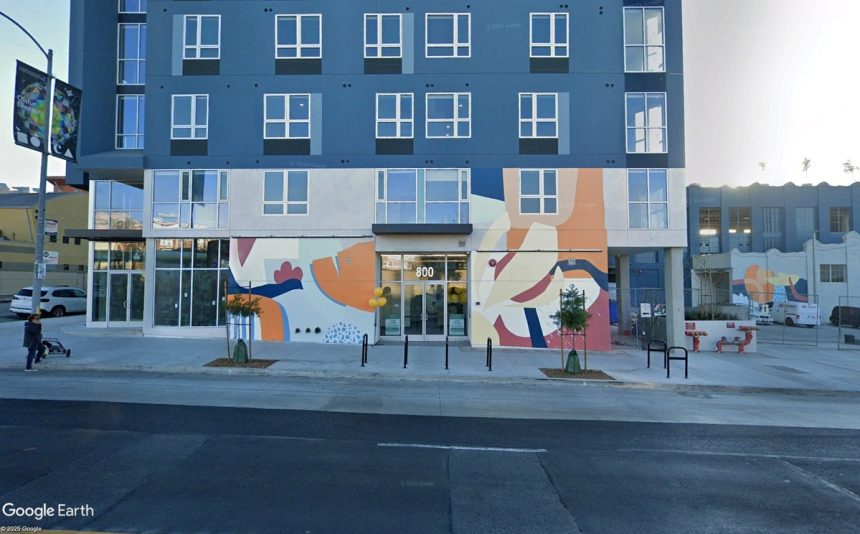HMRC has announced that sole traders and landlords with an income over £50,000 will be required to use Making Tax Digital (MTD) for Income Tax from 2026. This is what it describes as its 'most significant change to Self Assessment since 1997'. Sole traders and landlords are being urged to act now, with one year until Making Tax Digital for Income Tax launches, with eligible taxpayers encouraged to sign up to a testing programme now to get ahead of the changes.
A statement from HMRC says: "The launch on April 6 2026 marks a significant and ultimately time-saving change in how these individuals will need to keep digital records and report their income to HM Revenue and Customs (HMRC). "By keeping digital records throughout the year, sole traders and landlords can save hours previously spent gathering information at tax return time – allowing them to spend more time focusing on their business activities and in turn, driving economic growth as part of our Plan for Change." Quarterly updates are designed to spread the workload more evenly throughout the year and bring the tax system closer to real-time reporting, avoiding a rush of receipt-filing and paperwork ahead of a January 31 deadline.

James Murray MP, Exchequer Secretary to the Treasury, says: "MTD for Income Tax is an essential part of our plan to transform the UK's tax system into one that supports economic growth. “By modernising how people manage their tax, we're helping businesses work more efficiently and productively while ensuring everyone pays their fair share. “This is a crucial step in this government's decade of national renewal and our Plan for Change, as we clear away barriers that hold back growth.
” From April 2026, self-employed people with qualifying income above £50,000 will need to keep digital records, use MTD-compatible software and submit quarterly summaries of their income and expenses to HMRC. These digital requirements will help businesses save time through more efficient record-keeping, reduce errors in tax calculations, and provide a clearer picture of their tax obligations throughout the year. Qualifying income includes gross income from self-employment and property before any tax allowances or expenses are deducted.
Those with qualifying income above £30,000 will also be required to use MTD for Income Tax from April 2027. The threshold will then decrease to £20,000 from April 2028. The phased introduction of MTD for Income Tax follows the successful implementation of MTD for VAT, which is now used by more than 2 million businesses.
An independent report published in 2021 found that 69% of mandated businesses experienced at least one benefit from MTD for VAT, while 67% reported that it reduced the potential for mistakes in their record keeping. Recommended reading: HMRC urging parents to claim £2,000 tax-free childcare HMRC Child Benefit changes with opt-in campaign for parents More than half a million more savers to benefit from HMRC cash - apply today Craig Ogilvie, HMRC’s Director of Making Tax Digital, says: "MTD for Income Tax is the most significant change to the Self Assessment regime since its introduction in 1997. "It will make it easier for self-employed people and landlords to stay on top of their tax affairs and help ensure they pay the right amount of tax.
"By signing up to our testing programme now, self-employed people and landlords will be able to familiarise themselves with the new process and access dedicated support from our MTD Customer Support Team, before it becomes compulsory next year.”.
Business

HMRC introduces 'most significant change to Self Assessment since 1997'

HMRC is urging tax payers to get ready for the most significant change to Self Assessment since 1997















